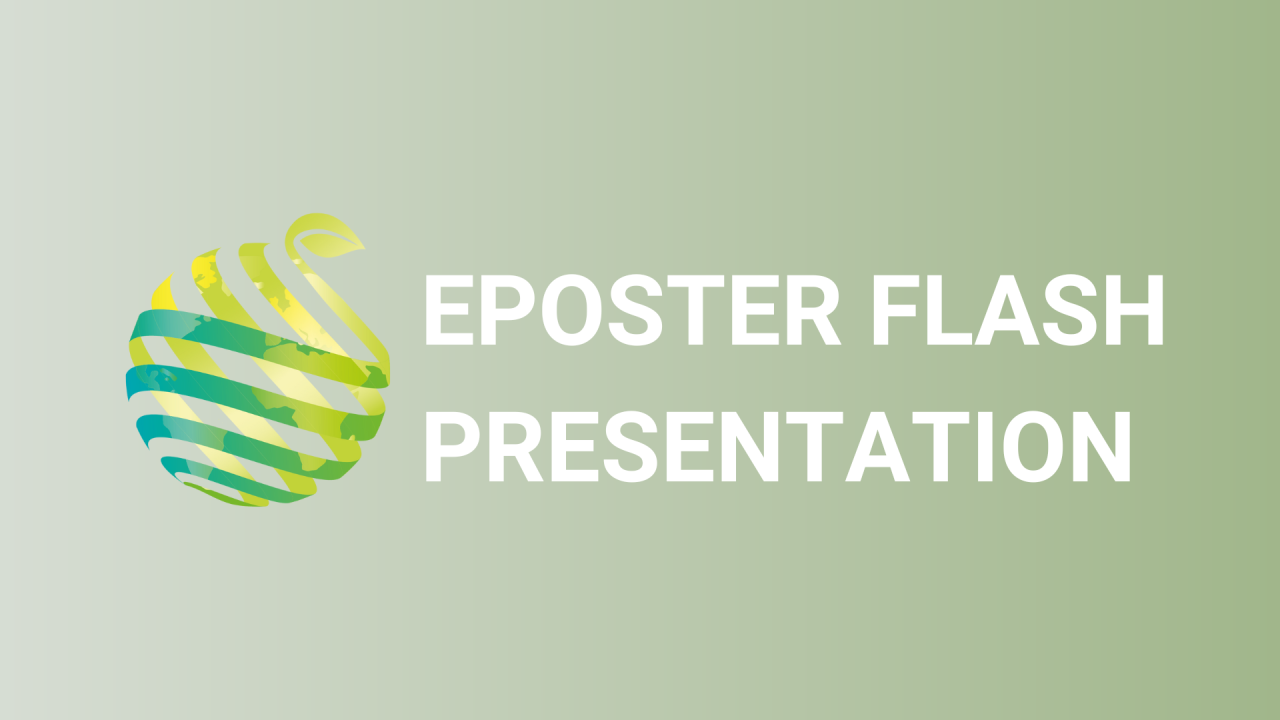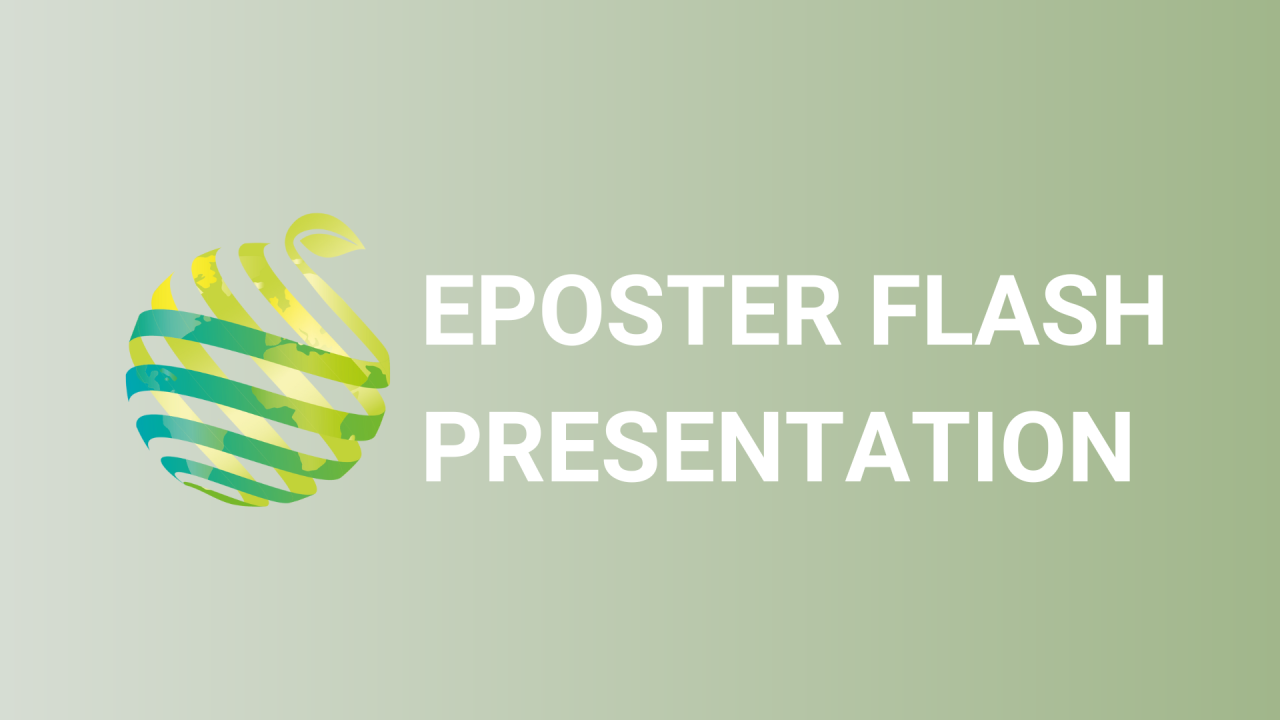

S01 - Session P2 - Phenotypic evaluation of autotetraploid apple
Information
Authors: Malgorzata Podwyszynska, Danuta Wójcik, Monika Marat *, Agnieszka Marasek, Zbigniew Buler, Mariusz Lewandowski, Przemyslaw Tomczyk, Jacek Filipczak
Polyploidization is one of the important sources of variability for plant breeding. Both allopolyploidy and autopolyploidy significantly alter both the genotype and phenotype of the plant. In recent years, numerous autotetraploid clones of six apple cultivars were obtained at the Department of Applied Biology of the National Institute of Horticultural Research (NIHR), Poland. The aim of the presented research was to analyze the morphological and anatomical differences between the autotetraploid apple clones and their diploid counterparts. The observations were carried out on 'M9'-grafted 5-year old trees growing in the experimental orchard of NIHR. The growth parameters of diploid and tetraploid trees were compared: number and length of current season shoots, the total length of current season shoots per tree, and the cross-section area of the trunk. The morphological features of leaves and flowers of diploid and tetraploid plants were also compared. Microscopic observations of the stomata, leaf-cross sections and pollen grains were carried out. Additionally, the viability and germination of pollen were assessed. Doubling the number of chromosomes significantly changed the phenotype of apple autotetraploids. Compared to diploid plants, the growth of tetraploids was limited, their leaves were thicker, with altered shape and anatomy, and higher chlorophyll content, their stomata were larger, but the stomatal density was reduced. The differences in the generative phase between diploid and tetraploid plants were also observed. Tetraploids started flowering 1 year later than diploid trees and flowering of tetraploids was delayed by 2-7 days within the season. Moreover, tetraploids were characterised by increased size of the flowers. The pollen grains of tetraploids were larger, but their viability and germination rate were reduced compared with diploids. Tetraploid apple clones will be used in breeding to obtain triploid apple genotypes.